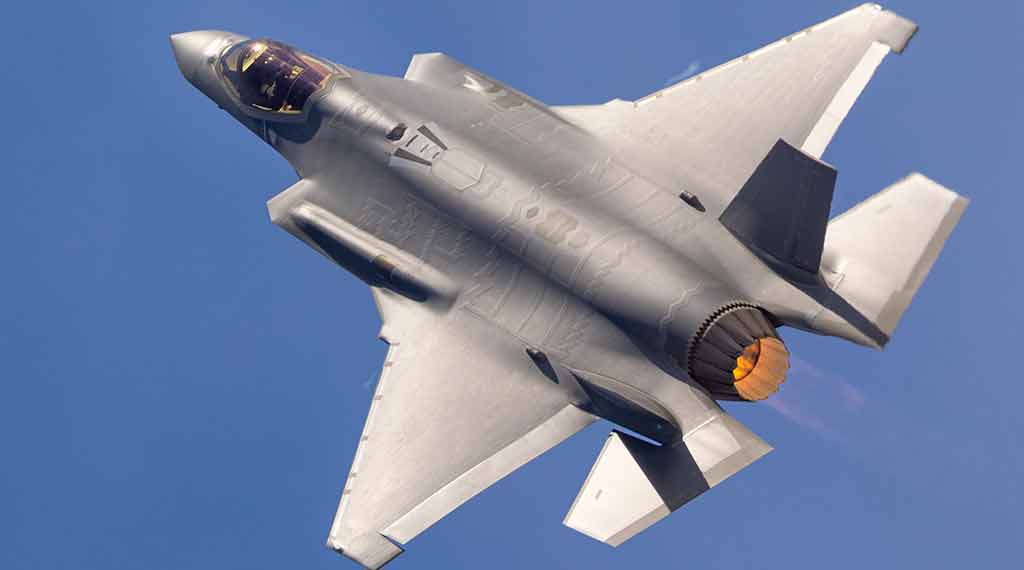
The U.S. Air Force boasts some of the most advanced aircraft in the world, prepared for any conflict.
-The top platforms include the F-35A Lightning II, known for its advanced technology and versatility; the F-22 Raptor, prized for its stealth and speed; the A-10 Thunderbolt II, renowned for close-air support; the F-16 Fighting Falcon, valued for its combat radius and armament capacity; and the F-15 Eagle, a long-serving air superiority fighter with modern updates in the F-15EX II variant.
-These aircraft represent the pinnacle of aerial combat capabilities, ensuring the Air Force’s dominance in the skies.
The Air Force’s 5 Best Fighter Planes Right Now
Equipped with arguably the most dominant platforms to ever fly the skies, the U.S. Air Force is ready for whatever conflict might arise.
Below are the service’s top airframes:
- America’s Supercarriers Are Back in Force in the Pacific - December 30, 2025
- Israel’s $2 Iron Beam Laser Could Disrupt Missile Warfare - December 23, 2025
- US Stands Up New Drone Strike Force in the Middle East - December 9, 2025
